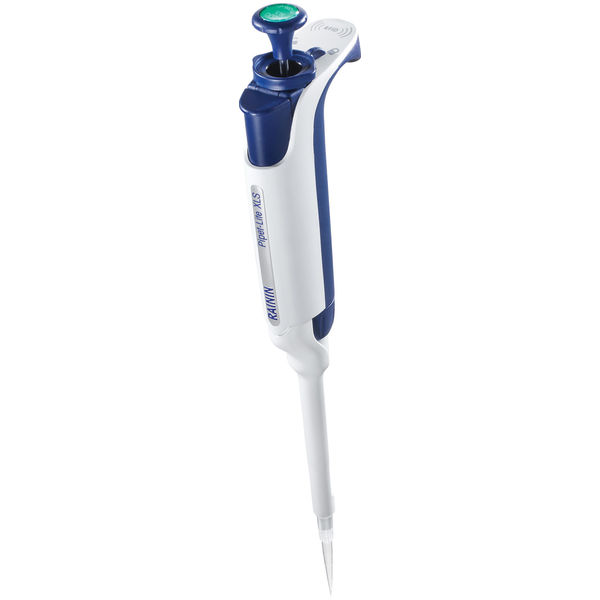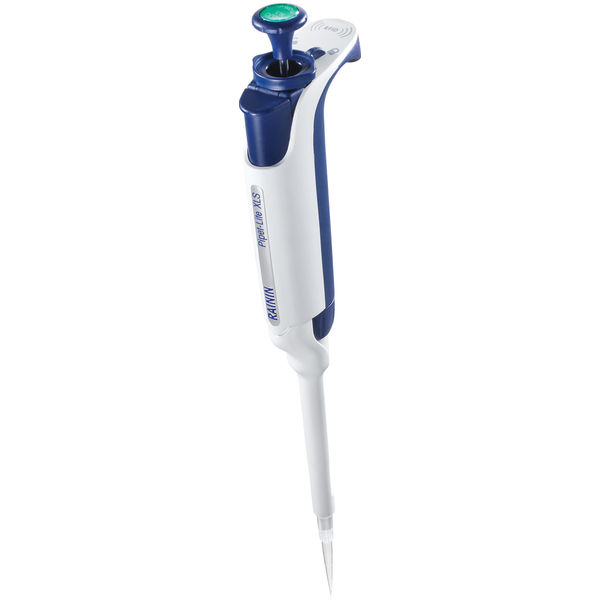
Single Channel Pipettes
Exceptionally Precise with Superior Ergonomics
A single channel pipette is a handheld mechanical instrument used in many life science laboratories. Single channel pipettes accurately transfer small to medium volumes of liquids (typically 1 µL to 20 mL) through individual tips. Rainin single channel pipettes are highly accurate, extremely tough and come with autoclavable liquid ends.
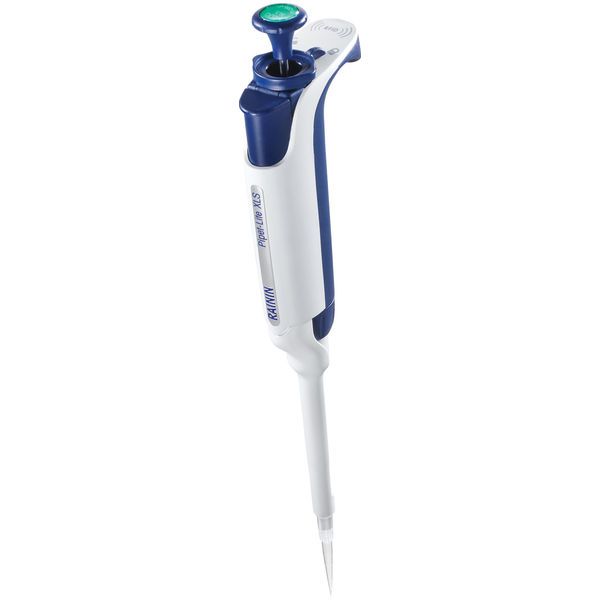
Pipet-Lite LTS Pipette L-2XLS+
Pipet-Lite™ XLS+ manual single-channel pipette, 0.1-2 μL, uses LTS™ LiteTouch™ tips. Accurate and precise, ergonomic, autoclavable liquid end, rugged and durable (L-2XLS+).
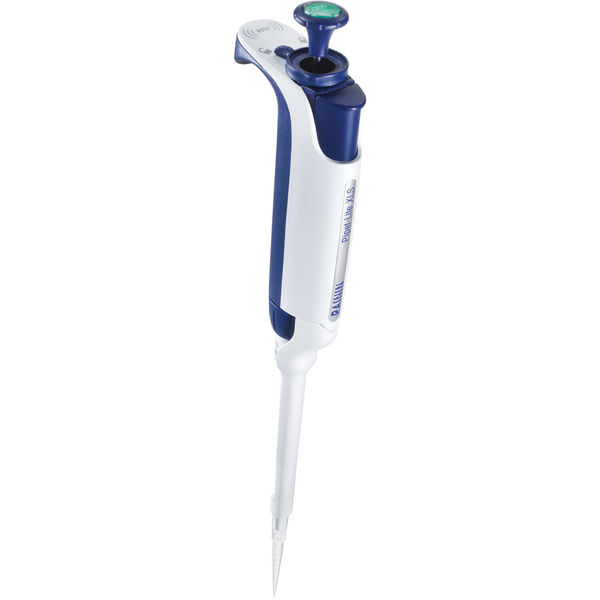
Pipet-Lite LTS Pipette L-10XLS+
Pipet-Lite™ XLS+ manual single-channel pipette, 0.5-10 μL, uses LTS™ LiteTouch™ tips. Accurate and precise, ergonomic, autoclavable liquid end, rugged and durable (L-10XLS+).
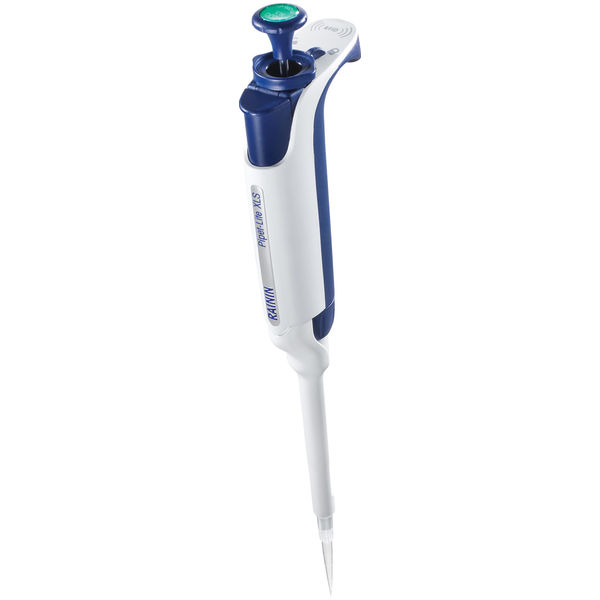
Pipet-Lite LTS Pipette L-20XLS+
Pipet-Lite™ XLS+ manual single-channel pipette, 2-20 μL, uses LTS™ LiteTouch™ tips. Accurate and precise, ergonomic, autoclavable liquid end, rugged and durable (L-20XLS+).
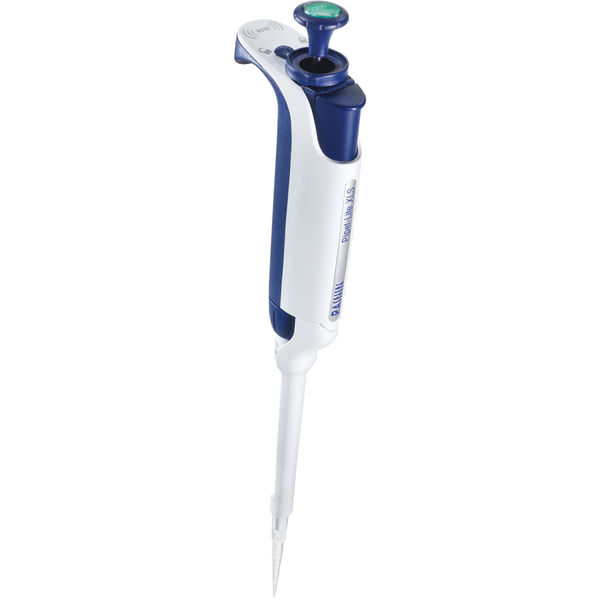
Pipet-Lite LTS Pipette L-100XLS+
Pipet-Lite™ XLS+ manual single-channel pipette, 10-100 μL, uses LTS™ LiteTouch™ tips. Accurate and precise, ergonomic, autoclavable liquid end, rugged and durable (L-100XLS+).
Advantages of Rainin Single Channel Pipettes
Datasheets
Eliminate Costs of Inaccuracy - Order Calibration & Service Tailored to Fit Your Pipetting Needs
Eliminate Costs of Inaccuracy - Order Calibration & Service Tailored to Fit Your Pipetting Needs
- Factory Trained/SAC-SINGLAS Certified Technicians
- State-of-the-Art Laboratory
- Network of Global Metrology Experts to Solve Any Issue
- 3 - 5 Days Turnaround Time
- Consumables Replacement

Order Pipette Service & Calibration
Expert Service – Tailored to Fit Your Pipetting Needs
Performance. Maintenance & Optimization
Compliance. Calibration & Quality
Expertise. Training & Consulting
FAQs
What are the different types of single channel pipettes?
Single channel pipettes are available in manual and electronic models. The volume of liquid transfer, required precision and degree of repetition are factors to consider when choosing between the two. Single channel pipettes are compatible with almost all plasticware and glassware available to life science laboratories (e.g., PCR tubes, well plates, cuvettes and glass bottles).

Why should I use a single channel pipette?
Single-channel pipettes can be used to transfer liquids for many applications in life science due to their compact size and flexibility to adjust volumes. Single-channel pipettes can transfer any liquid sample from 1 µL to 20 mL from/to any plasticware or glassware including PCR tubes, well plates, microplates, cuvettes, flasks, petri dishes, vials, glass bottles, etc.

What makes a Rainin single channel pipette unique?
There are many single-channel pipettes offered on the market. But there are two reasons why Rainin single-channel pipettes are unique:
- They use the revolutionary LiteTouch System (LTS) which greatly reduces tip loading and ejection forces for better ergonomics and maximum comfort.
- Rainin single-channel pipettes demonstrate consistent and repeatable liquid delivery. With proper technique and recommended pipette tips, Rainin single-channel pipettes deliver samples accurately with minimal liquid loss.

What is a single channel pipette?
A single channel pipette is an instrument used in laboratories to move a precise amount of liquid from one container to another. “Single channel” distinguishes the pipette’s one singular channel from multichannel pipettes, which may have 6, 8, 12, 24, or even up to 96 and 384 channels. Multichannel pipettes fill columns and rows of well plates – or even entire plates simultaneously. Single channel pipettes aspirate into and dispense from a single tip.
There are manual and electronic single-channel pipettes. Manual pipettes are controlled with the thumb, and electronic pipettes are driven by a precise electronic motor.
